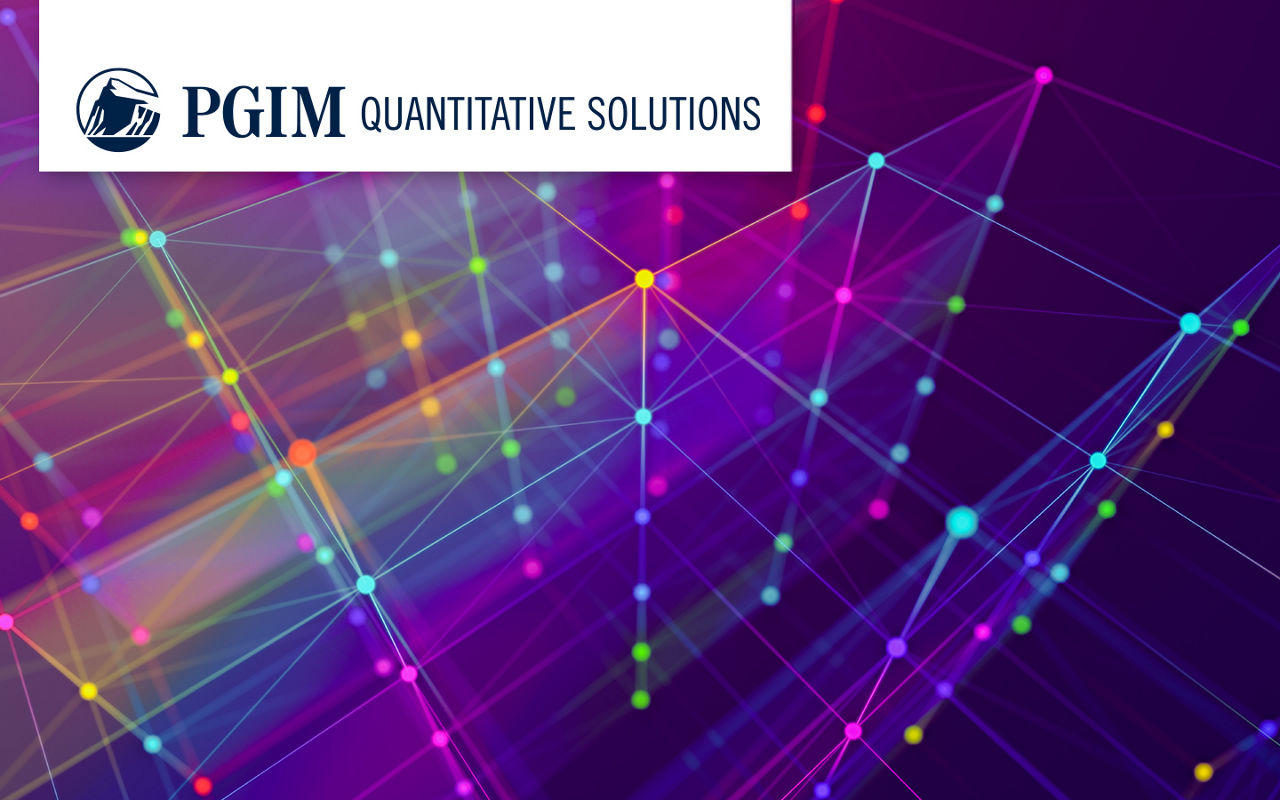We believe recent advances in artificial intelligence (AI) herald a technological transformation, one that will be as significant and long lasting as the advent of the internet and mobile computing. Within the next several years, we expect to see generative AI use cases and applications spread from technology providers and developers to a wide range of industries. Companies can use these tools to harness data in increasingly sophisticated ways, which could help increase competitive positioning, improve time to market, and streamline customer service. For well-positioned, well-managed, and adaptable companies, in our view, the scope and depth of the opportunity is extraordinary.
It is understandable that some investors dismiss this as technology hype — especially since generative AI does not actually think as much as it uses data, statistics, and algorithms to make a prediction. In our view, however, the AI revolution is real and is just beginning. Demand for the infrastructure components necessary to support generative AI models has already soared, and we expect the full impact of generative AI will be like a wave sweeping through the economy. To capitalize on this opportunity, investors need a deep understanding of the AI ecosystem, where it is today, and the full implications of its future development.
WHAT IS GENERATIVE AI?
Generative Artificial Intelligence (generative AI) is a subset of AI technology. Generative AI can create new and unique content, including text, images, video, music, and computer code. This content is often indistinguishable from those created by humans. By contrast, traditional or predictive AI systems are predominantly deterministic and rule based. They are excellent at following explicit guidelines to perform tasks, but traditional AI lacks the capacity for creative or “novel” output.
Generative AI achieved a major breakthrough in November 2022, when OpenAI publicly released a large language model (LLM)—ChatGPT-3.5, which offered the power of generative AI to everyday users.
TODAY’S AI INVESTMENT OPPORTUNITIES
Semiconductors, Semi Cap Equipment, and EDA Software
We believe one of the most tangible ways to invest in generative AI today is through the semiconductors and infrastructure needed to support AI model training and running scaled AI-enabled applications. Graphic processing units (GPUs) are the core technology, combining cutting-edge semiconductors and customized software to process multiple computations simultaneously.
The growing usage of semiconductors has driven demand for the semi cap equipment companies that create the sophisticated hardware needed to manufacture chips.
Electronic design automation (EDA) companies write the software that makes the chips more efficient and more effective for customized tasks. The importance of this software has grown as chips become smaller, more complicated, and require great power efficiency.
Public Cloud Vendors/Hyperscalers
Hyperscale cloud vendors provide cloud computing infrastructure. They appear to be well positioned to meet growing demand for generative AI from medium-sized and smaller companies, who cannot afford to build, train, and operate their own models. They also work with large enterprises who value the unlimited scalability and flexibility offered by the public cloud.
Foundational Models and Infrastructure Software
Foundational models (or base models) are large machine learning models that are trained on extensive data sets with parameter counts that are frequently in the tens of billions. They are “foundational” because they can be adapted to a wide variety of tasks/functions such as educating, image creation, and coding. Foundational models can also be multimodal — they can interpret and generate multiple types of data. For example, a multimodal model could record a conference call, transcribe the audio into text, graph each participant’s time speaking, list the topics of discussion, and calculate their duration on the call.
Infrastructure software includes the tools and data management systems that software developers use to build their own generative AI applications. These companies provide the “technological plumbing” that enables enterprises to run applications and services, allowing them to tap into generative AI functions and get insights on their data.
Application Software
Application software is used by an end user to perform a specific set of tasks and/or to solve a particular problem.
Business applications for generative AI are in use — and many more are being developed — throughout the economy. Software companies are enjoying higher productivity as software engineers use generative AI to draft code. Customer service departments are handling inbound calls, emails, and voice inquiries through a model that draws on the firm’s internal guidelines and knowledge. Product designers could simply describe what they want to create, and generative AI applications could generate options for the designer to consider and further refine.
Large banks or insurance companies are using generative AI to improve risk underwriting through the analysis of large sets of data and consumption patterns, focusing on consumer risk and fraud. Entertainment companies can use generative AI to compose music, write first drafts of scripts, and create moving images with dialogue. In medicine, it can scan test results, diagnose disease, and recommend treatments. Generative AI can also detect inefficiencies, accelerate drug discovery (and generate new molecules), and improve clinical-trial planning and execution.
For individual consumers, we believe a transformative moment will occur when generative AI applications can interact with user tools — such as browser, calendar, email, office and entertainment apps. Apps can assist the user to complete personal or business-related tasks: to draft a memo, or organize a spreadsheet, or lay out a presentation. Ultimately, this will make the end user more productive, which in turn raises demand for generative AI and the infrastructure that makes it possible — completing a virtuous circle and starting the wave all over again.
A HISTORIC TRANSFORMATION — A HISTORIC OPPORTUNITY
Long-term structural change in the economy does not happen every day — our goal is to be there when it does. We are watching the AI transformation closely. It is difficult, at this stage, to identify the companies that will develop the next generation of generative AI applications for end users. We are more confident that, while there will be many failures, the companies that successfully use generative AI will have extraordinary advantages. We have been applying our approach to growth investing for more than five decades, and we believe that our commitment to fundamentals, our deep resources, and our experience investing through multiple cycles of economic transformation leave us well positioned to select the next generation of innovators.
Explore more ideas
-
Why the PE secondary market remains attractiveThe quest for liquidity has reignited interest in the LP segment of the secondaries market.
Read More
-
Why Quant for the FutureQuantitative equity strategies are not only alive and well, they are also thriving with several years of strong performance.
Read More
-
Generating income for retireesDefined contribution investment options are not designed to be "retirement ready."
Read More
The opinions expressed within are those of the authors as of January 2024 and not necessarily of PGIM. The investments and returns discussed within do not represent any PGIM product. This material makes no implied or express recommendations concerning how a client's account should be managed. This material is not intended to be used as a general guide to investing or as a source of any specific investment recommendations. In providing this material, PGIM is not acting as your fiduciary. The comments, opinions and estimates contained herein are based on and/or derived from publicly available information from sources that PGIM believes to be reliable. We do not guarantee the accuracy of such sources of information and have no obligation to provide updates or changes to these materials. The underlying assumptions and our opinions are subject to change. Distribution of this information to any person other than the person to whom it was originally delivered is unauthorized, and any reproduction of these materials, in whole or in part, or the divulgence of any of the contents hereof, without prior consent of PGIM is prohibited.







